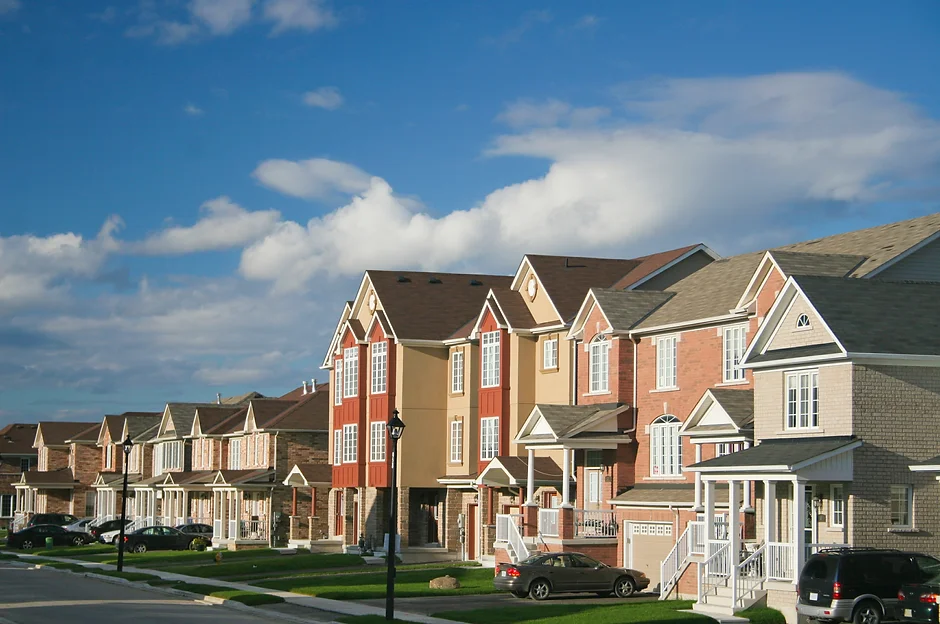Real estate, including syndicated commercial real estate, is not unlike any other investment vehicle in that there are risks involved. To break these risks down, imagine syndication as a bridge that can bring you from point A to point B, say from your current financial state to retirement or financial freedom, for example. If this is the case, then you can think of the risks involved in syndication as three pillars holding up that bridge. The three pillars are the deal, the market and the operator. Two strong pillars cannot support the entire weight of the bridge in the complete absence of a third pillar, and even one weak pillar has the potential to bring the whole bridge crumbling down. While you should be weary of weak pillars, there are things that you can do to inspect the pillars to be sure that you will safely reach your destination when choosing said bridge as your means of transportation.
The Deal
The deal is the physical property or properties being acquired. It is the tangible asset that generates income. While I’d be a fool to definitively call it the single most important pillar, without it, the market and the Operator don’t matter, as they become irrelevant without an income generator. Some risks that fall under this pillar include aggressive assumptions, hidden costs or deferred maintenance, under-capitalization and untimely balloon payments. To minimize risk then, a deal should be conservatively underwritten, have one or more value-add components, be strongly capitalized and have financing in place that complements the business plan, among other things.
Inspection Items
- Is the deal conservatively or aggressively underwritten? Check assumptions like occupancy, rent / population / job growth, the tax payment estimate, insurance costs, etc.
- Are there hidden costs or deferred maintenance that might destroy cashflow? Look to the inspection for this information. Are such items budgeted in the CapEx?
- Speaking of unexpected costs, is the deal under-capitalized? Underestimating CapEx, or not raising enough capital, can be detrimental if anything goes wrong.
- If the deal is a value-add play, is there enough ‘meat on the bone,’ so to speak, or are there ample opportunities to add value? Are projected rent premiums at the top or middle of the market? You want to see premiums well below the top of the market.
- How long is the loan term and when do interest only payments end, if there are any? How does this compare to the hold period? If they overlap, what contingencies are in place?
The Market
The market is the geographical area in which the deal is located. Often times with syndicated commercial real estate, the market is a major MSA or a submarket of a major MSA. It is not uncommon for the Operator to identify the market first, and then search for deals / properties that are located within their target market. When considering commercial real estate, indicators of a weak market include small population and job growth, low rents and dismal rent growth, low incomes, low occupancy rates, a small number of employers, and so forth. To ensure the strength of this pillar, consider the following.
Inspection Items
- Does the market have strong fundamentals? Rent growth, population growth, job growth, occupancy rate, etc. Both current and historic metrics should be considered here.
- Is the Operator making conservative or aggressive assumptions for the property based on historic market performance?
- Is there one major employer that, if they left, would send jobs and population in the market in a downward spiral?
- What is the competition like? Consider both consumption (units being purchased) and units being brought online (new builds).
The Operator
The Operator is the person or group of people responsible for identifying, acquiring and managing the deal. While the Operator theoretically could, and sometimes does, consist of an individual person, an overwhelming majority of the time it is a group of people. This group of people come together to pool resources and complement each other’s skill sets in order achieve something together that they could not achieve alone. This pillar can be broken down into two risk sub-pillars, character and experience. These two sub-pillars encompass all risks associated with the Operator, from a track record that doesn’t lend to syndication all the way through fraud. Run through these items when considering a syndication investment to minimize your risk.
Inspection Items
- How experienced is the Operator? Does their track record lend well to their strategy? Do the skill sets of each key partner of the Operator complement each other well?
- Is their strategy consistent and fine-tuned? An Operator who does a Core+ deal immediately followed by a deep value-add deal should raise at least some concern.
- Do they have a history of successful execution and a property management group with a successful portfolio? Poor execution and / or a bad PM is one of the greatest Operator related risks.
- Are the key partners of the Operator group of the highest character, morals and principals? A group with low character and morals might be more interested in making fees than they are long term relationships, or they might move money from one deal to prop up another (i.e. robbing Peter to pay Paul). This can ultimately result in fraud.
- How are their investor relations? Are they well suited to handle a large number of investors and their money and have a history of such? Bad accounting, reporting, and / or communications can be the demise of even the best deal(s).
While the particular risks identified above do not encompass every possible risk associated with a syndicated commercial real estate project, every possible risk will fall within one of the three aforementioned pillars. No one pillar is more integral to the strength of the bridge than the others. That said, the Operator has more leverage to positively or negatively affect the other two pillars. For example, an excellent Operator can sometimes make up for a weak deal, but a fantastic deal is less likely to mask a subpar Operator. All in all, investors should act as the bridge inspector and do their due diligence before crossing, thoroughly inspecting each of the three pillars to ensure their own safe travel.



